|
|

|
|

Ayodhya in grip of religious fervour; poised to make history with magnificent 'Pran Pratistha' of Ram Lalla |
| ByWebindia123 Editor
22.1.2024
Mail Now
|
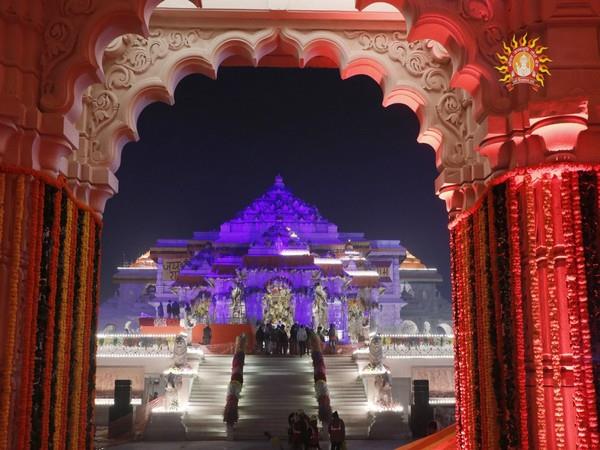
The 'Pran Pratistha' of Ram Lalla is scheduled for Paush Shukla Kurma Dwadashi, Vikram Samvat 2080, which falls today, January 22.
The day will start with a morning puja followed by the Pran Pratishtha of Ram Lalla in 'Mrigashira Nakshatra', which is expected to start around 12.30 pm and end at 1pm.
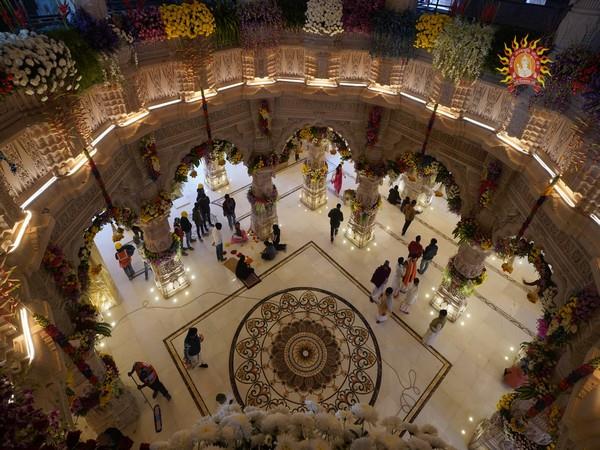
People from all walks of life including representatives of various tribal communities will also attend the ceremony. Prime Minister will address this distinguished gathering on the occasion.
The ceremonial journey leading up to the Pran Pratishtha included a seven-day ritual that commenced on January 16, 2024, following the classical traditions.
On January 16, the atonement ceremony, featuring a 'purifying bath' in the river Sarayu, was done by Anil Mishra, one of the trustees of the Shri Ram Janmabhoomi Teerth Kshetra.
The rituals included worship of Lord Vishnu, offering Panchgavya and ghee, along with Panchgavyaprashan. A 'Karmakuti Homa' was conducted to mark the 'Dashdaan'. The atonement ceremony was graced by Laxmikant Dixit, chief Acharya in charge of Pran Pratishtha.
The recitation of Valmiki Ramayana and Bhusundiramayana commenced in the runup to the grand day and also began during the atonement ceremony.
On day 2, January 17, the events started with a 'Jalayatra', a procession carrying the idol of Ram Lalla via the river Sarayu in a Mangal Kalash to the Ram Janmabhoomi temple in Ayodhya.
The third day began with Ganeshambika puja followed by around 15 different rituals including Varun puja, Chaturvedokta Punyahvachan, Vastu puja and Nandishraddha.
Day 4 started with Ganpati puja. The establishment of 'agni' manifested through 'Arnimanthan' in the 'Navkunds' was conducted among other pujas. A 'havan' was also performed along with a recitation of 'Veda' and Ramayana.
Rituals with sugar and fruits, along with daily prayers and Havan were carried out on the fifth day.
Day 6 witnessed Havan and daily worship of the established deities and the divine bathing of the idol with sacred water from 114 Kalash and eventually laid to rest ahead of the grand Pran Pratishtha.
The intricate process involves 121 Acharyas overseeing the ceremony, with Ganeshwar Shastri Dravid as the chief coordinator and Laxmikant Dixit of Kashi as the Chief Acharya.
Seven adhivas will contribute to the spiritual sanctification, as per the Shri Ram Janmbhoomi Teerth Kshetra.
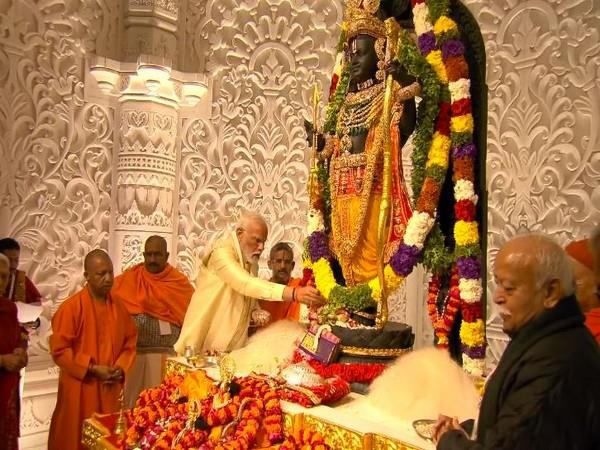
Over 150 traditions and more than 50 tribal communities will converge at the Shri Ram Temple, creating a unique and diverse assembly.
This marks a historic moment with the participation of residents from mountains, forests, coastal areas, islands, and more.
The event transcends religious boundaries, bringing together followers of Shaiva, Vaishnav, Shakta, Sikh, Buddhist, Jain, and various other traditions. A true amalgamation of diverse cultural and spiritual practices, the Kshetra Trust mentioned.
After the Pran Pratistha programme, dignitaries will be granted darshan, spreading a sense of enthusiasm not only in Ayodhya but across the country.
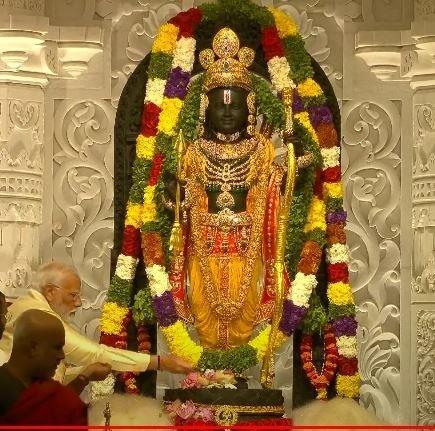
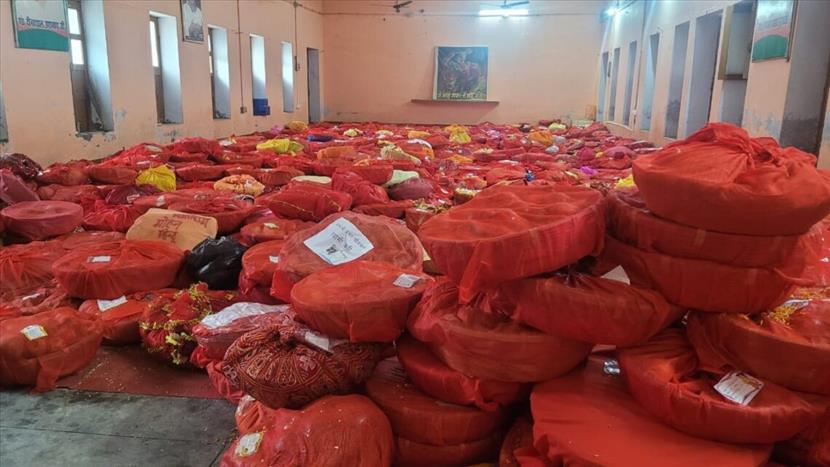
Earlier, on Friday, January 19, the idol of Shri Ram Lalla, carved by renowned Mysuru sculptor Arun Yogiraj, was placed inside the sanctum sanctorum of the temple.
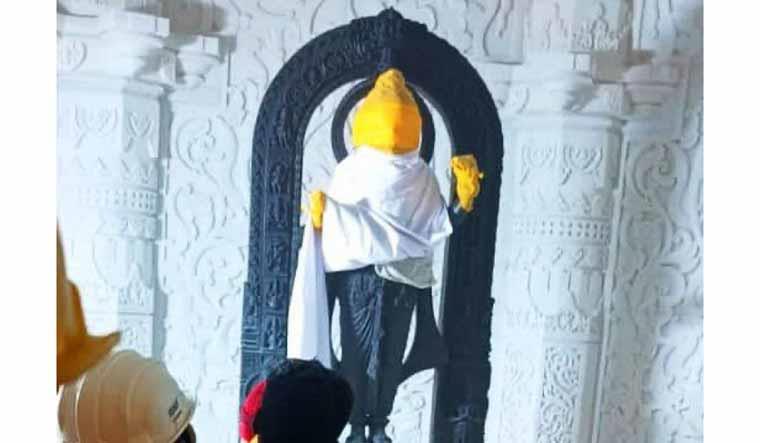
Several purported images of the idol, with the eyes uncovered, went viral on social media platforms.
However, Acharya Satyendra Das, chief priest of Shri Ram Janmbhoomi Temple, claimed the viral images were not of real idols.
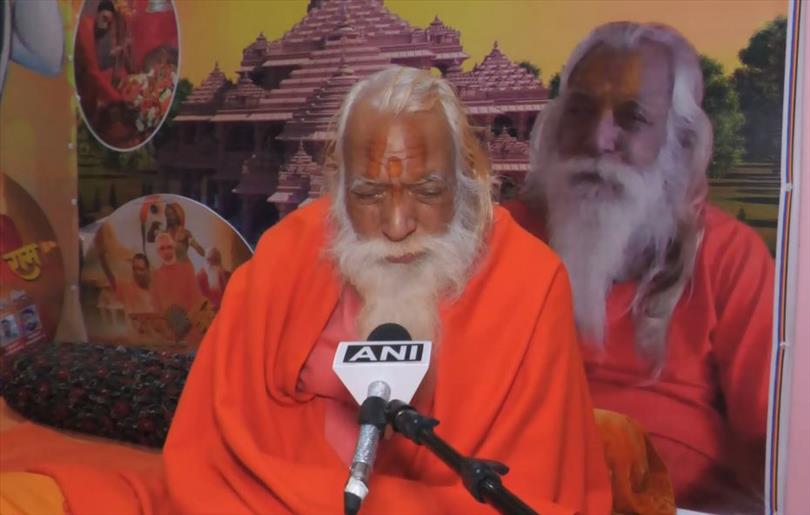
The temple is constructed in the traditional Nagara style. Its length (east-west) is 380 feet; width is 250 feet and height is 161 feet; and is supported by a total of 392 pillars and 44 doors.
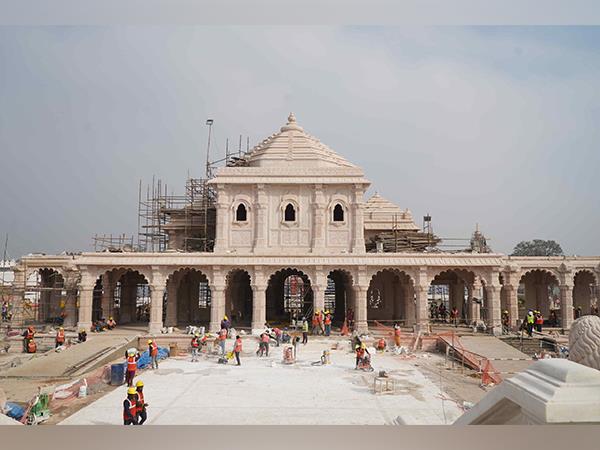
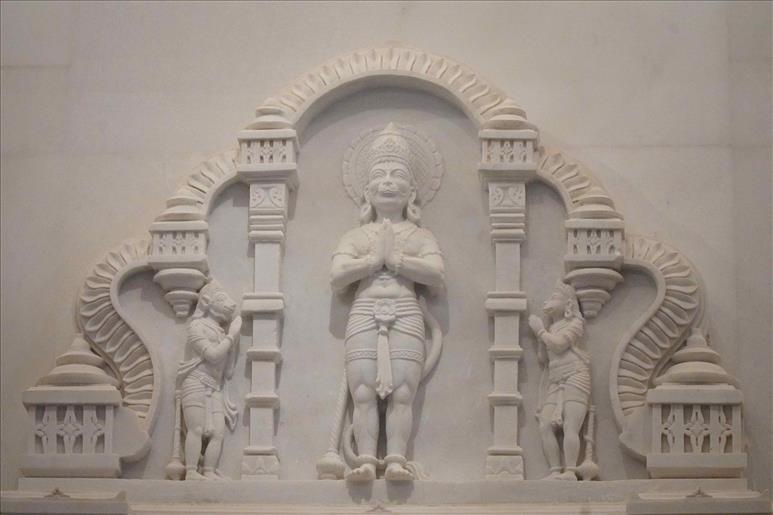
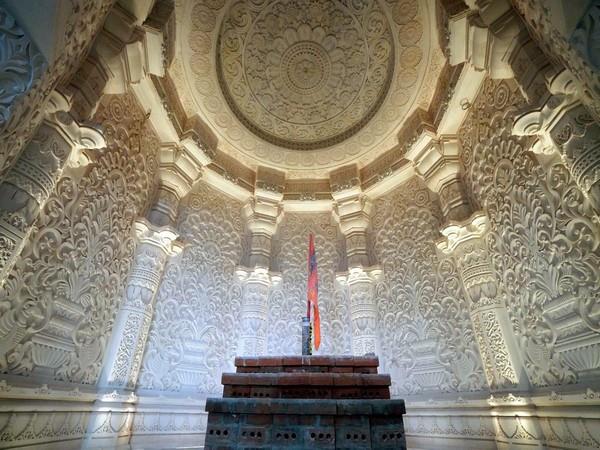
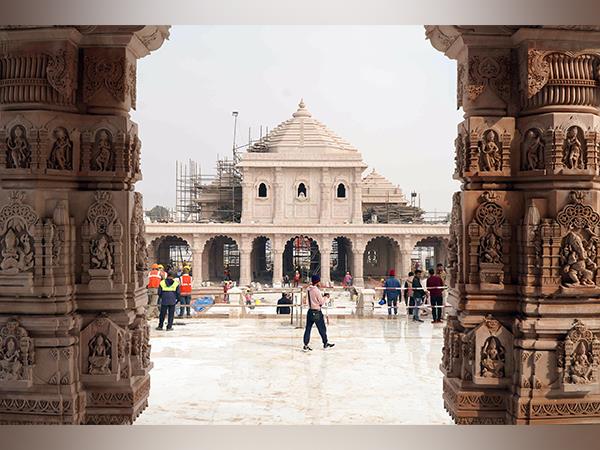
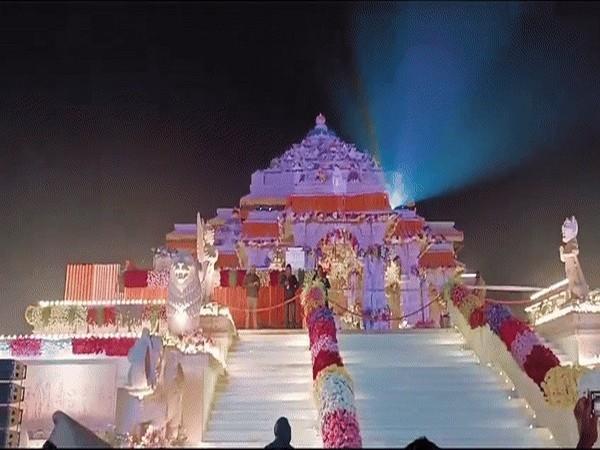
Near the temple is a historic well (Sita koop), dating back to the ancient era. In the southwestern part of the temple's complex, at Kuber Tila, the ancient temple of Bhagwan Shiv has been restored, along with the installation of a statue of Jatayu.
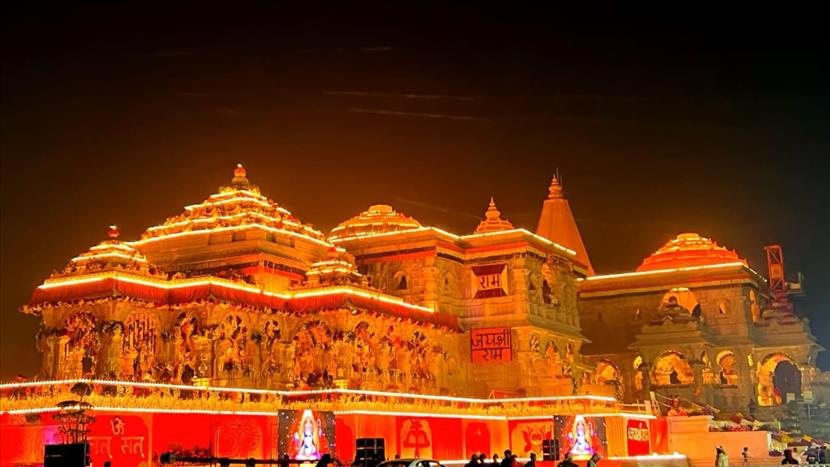
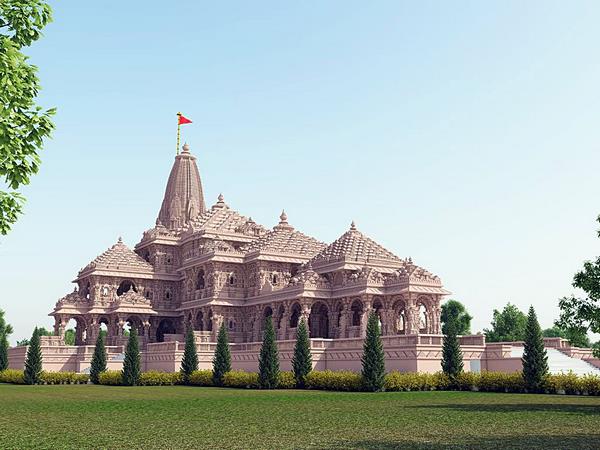
The Supreme Court on November 9, 2019, while settling the centuries-old dispute with regards to 2.77 acres of land in Ayodhya, believed to be the birthplace of Lord Ram, paved the way for the construction of the temple by a unanimous decision.
The five-judge bench, comprising then-CJI Ranjan Gogoi, former CJI SA Bobde, current CJI DY Chandrachud and former judges Ashok Bhushan and S Abdul Nazeer, had ruled in favour of the construction of a grand Ram temple by a trust at the disputed site. (ANI)